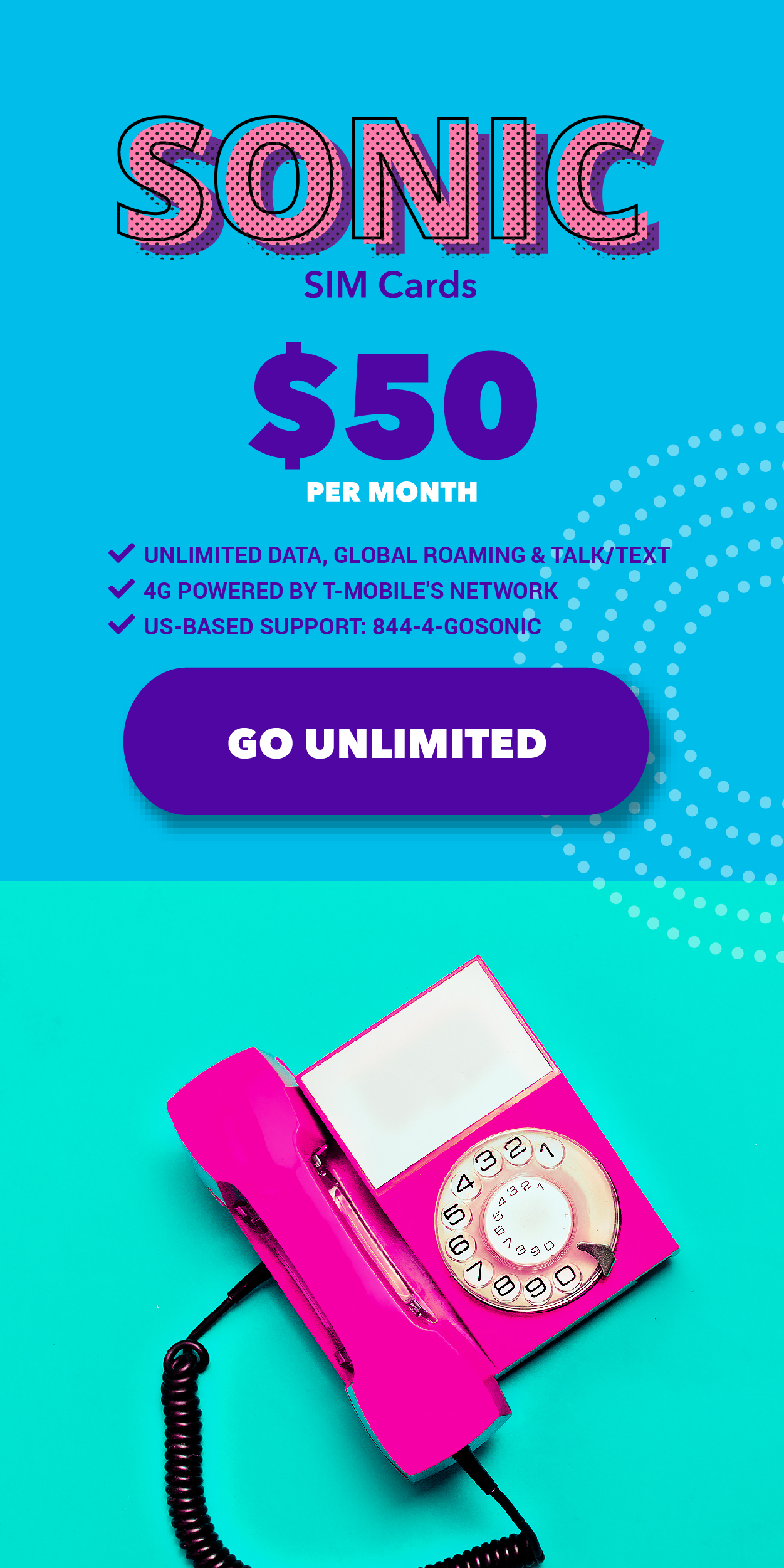Online social networking today is more about hanging out with friends behind gated communities than exploring the World Wide Web: Visit another site and you will have to rebuild your profile from scratch.
Thats like having to get a new drivers license for every state you drive through.
Although the walls that keep users from taking their data wherever they go are starting to erode, how much three recently announced programs will help users move among the networks remains to be seen. Google Inc. This attempt to break those fortifications was quickly blocked by Facebook.
The two leading online hangouts, News Corps MySpace and Facebook, have promised to release tools in the coming weeks for Web sites to incorporate profile data, friends lists and other social functions. Google followed with its own program for bridging various networks.
MySpace users, for instance, can soon have their biographical information appear on eBay Inc. profiles. A social network focused on skiing will be able to incorporate Facebook photos and friends list rather than build its own.
Its all done through software hooks that let eBay and others grab profile data from MySpace and Facebook. Changes made at MySpace and Facebook are quickly propagated because third-party sites cant store the data and must check back frequently.
The new programs come as users increasingly complain about having to retype basic profile information over and over. By holding onto users information while letting them bring temporary copies of it elsewhere, Facebook and MySpace can remain at the core of users social interactions and keep them from leaving.
More important than saving keystrokes, the programs bring along the meaning and connections behind the data, allowing social circles to travel from site to site, much as friends going bar hopping together dont have to start conversations afresh at each pub.
People who use their cellphones to surf the web tend to steer to social networking sites like myspace and facebook ahead of news, maps or weather.
The Norway-based software firm – which says its mobile browser, Opera Mini, is the world’s most popular – studied the Internet habits of more than 44 million Opera Mini users worldwide and reports there are major differences in how people use the mobile web. Opera says it looked at aggregated data.
Worldwide, some 40 per cent of mobile web traffic heads to social networks and one-fourth to content portals or search engines, Opera said. In the United States, South Africa and Indonesia, 60 per cent of mobile web traffic clicks lead to social networks.
Here are other patterns the company’s research revealed: Russian and Ukrainian users flock to entertainment and sports sites; Chinese choose search engines first; and Brits check e-mail more than others, while Germans shop the most on the mobile web – though both uses remain small.
Chief executive Jon von Tetzchner said the company has its highest market shares in Russia, Ukraine and Indonesia where an inexpensive cellphone may be the only form of web access for many people. Opera attracts between 20 per cent and 25 per cent of mobile web users in Russia, which is its biggest market.
He said the first programs to offer web services on phones – wireless application protocol or WAP browsers – “did a lot of damage” because their stripped-down web access and focus on text information like news deterred many possible mobile web users.
That is changing as programs like Opera’s Mini browser compress full websites for mobile use and users are now increasingly checking out the same kind of content on their phones that they would from a desktop computer.
“It really is one web, with people using whichever device they choose to connect to the Internet,” von Tetzchner said.
Opera says “full web surfing” now makes up some 77 per cent of all mobile web traffic, squeezing out WAP and mobi services.
Opera Mini was used by 11.9 million people in March, the company said. It is more widely used than Apple Inc.’s Safari for the iPhone and proprietary software on Nokia phones and BlackBerry devices from Research in Motion Ltd.
Drivers in the U.S. can now warn fellow drivers with a cell phone or personal digital assistant about speed traps . There’s a new mobile cell phone social network that aims to share information and help members avoid getting speeding tickets. Users receive alerts as they approach highway radar detection.
The Trapster service, which bills itself as a speed-trap sharing system, is easy to use. When you’re driving near a radar trap, you simply hit “#1” on your phone. This will then alert Trapster and will save the GPS location to alert other motorists who use the same route.
For cellphones with screens, members can also see a road map of specific speed traps clearly marked.
Information about red-light cameras and where police tend to operate speed traps is kept in Trapster’s database while active speed trap locations are kept for a short time.
To discourage bogus locations, users can rate others on the accuracy of their contributions. Those who get better ratings carry more weight.
Trapster can be used with about 10 wireless platforms, including Nokia’s smart phones, BlackBerry units from Research In Motion and devices using Microsoft’s Windows Mobile.
 Get Your Unlock Code For FREE Here!
Get Your Unlock Code For FREE Here!
↓ Can we unlock your phone? Start here! ↓



